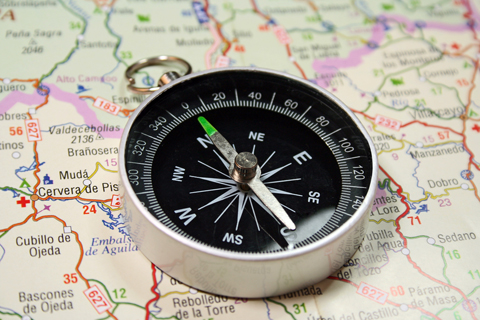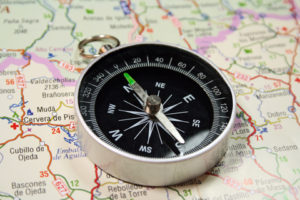
A mutual assistance group (MAG) is an exercise in readiness, flexibility and sustainability. Though we may have certain scenarios in mind where the proverbial fan fails, we cannot guarantee what might actually happen.
In order for your group to truly be prepared, it should adopt an all-hazards approach with contingency survival plans. This is not to say you shouldn’t be ready for a total grid down apocalypse or financial crash. Just take some time to consider some of the other possibilities that could, and regularly do, happen hundreds of times every year.
Contingency Survival Plans: Key Terms
First, there are a few terms to know:
- A Hazard is something that has the potential to negatively impact you.
- Your Vulnerability is how susceptible you are to the hazard.
- Your Risk is the level of probability that the hazard will affect you. What are the chances it could happen?
- The Impact Analysis considers the probable outcome of the event as it relates to you. How could this hazard impact your life?
Contingency Survival Plans: Trigger Points
Now that we have identified our immediate hazards, let’s see what kind of outside influences could set a disaster event into motion.
In our globalized society, events that happen great distances away can have direct or trickle down effects on anyone, anywhere. By paying attention to your news sources, you will be alert for geopolitical or natural events that might disrupt supply chains for everything from food to fuel.
Developing Contingency Survival Plans
There are several steps to formulating a contingency survival plan. Done in the proper order and well considered, these steps will get you within throwing distance of your objective.
To increase the odds in your favor, you will need to refine the contingency survival plan until it works. Then maintain it just as you would with any other piece of equipment. Once you have the basics down, revisit the plans that require a higher priority and reinforce them.
Formulating The Basic Contingency Survival Plan
- Identify the Problem – Begin by using one of the natural hazards gleaned from your hazard analysis.
- Form a Team – Who will be the players in this plan? What is the leadership and chain of command?
- Understand the Situation – What is the hazard and how does it affect you? What are the consequences should this occur?
- Determine your Goals and Objectives – What do you want to happen? What is the ultimate objective.
- Identify Courses of Action – This is where you say how you will deal with each contingency with specific plans of action. Who will do what, what will they do, how will they do it, what will they use to get it done and when does it need to be done.
- Identify Contingencies – If it can go wrong, you may want to prepare for it.
- Prepare The Plan – Write it down and distribute the plan to all the players. If there is any sensitive information involved, apply some sort of protocol to protect it.
- Implement and Maintain the Plan – Now is the time to take the plan for a test drive. This is where you perform a training session to practice the plan. Remember to use the Crawl, Walk, Run method to reduce confusion. When a problem is found, make note or stop training until it is resolved. Make sure any updates to the plan are distributed as needed and all old copies are destroyed.
- Update the Plan as Needed – If anything changes such as conditions, personnel, contact information, technology or equipment, update the plan. At the very least be sure to update annually.
Editor’s Note: This is part of a series from Charley Hogwood of P.R.E.P. on mutual assistance groups.


![Best Concealed Carry Guns In 2025 [Field Tested] Wilson Combat EDC X9S 1](https://gundigest.com/wp-content/uploads/Wilson-Combat-EDC-X9S-1-324x160.jpg)


![Best 9mm Carbine: Affordable PCCs [Tested] Ruger Carbine Shooting](https://gundigest.com/wp-content/uploads/Ruger-Carbine-Shooting-100x70.jpg)
![Best AR-15: Top Options Available Today [Field Tested] Harrington and Richardson PSA XM177E2 feature](https://gundigest.com/wp-content/uploads/Harrington-and-Richardson-PSA-XM177E2-feature-100x70.jpg)
